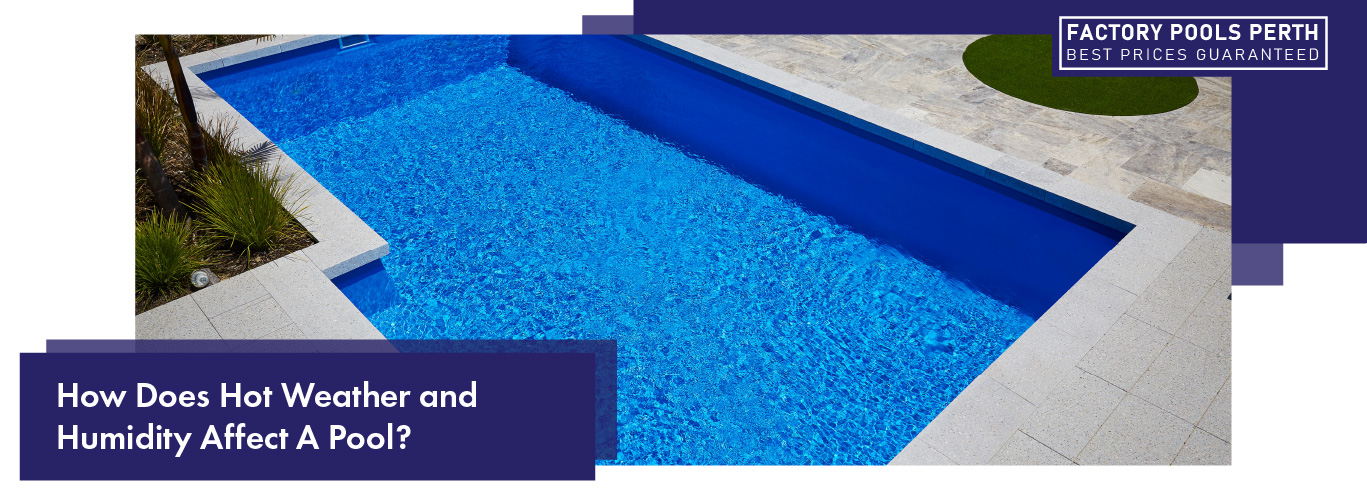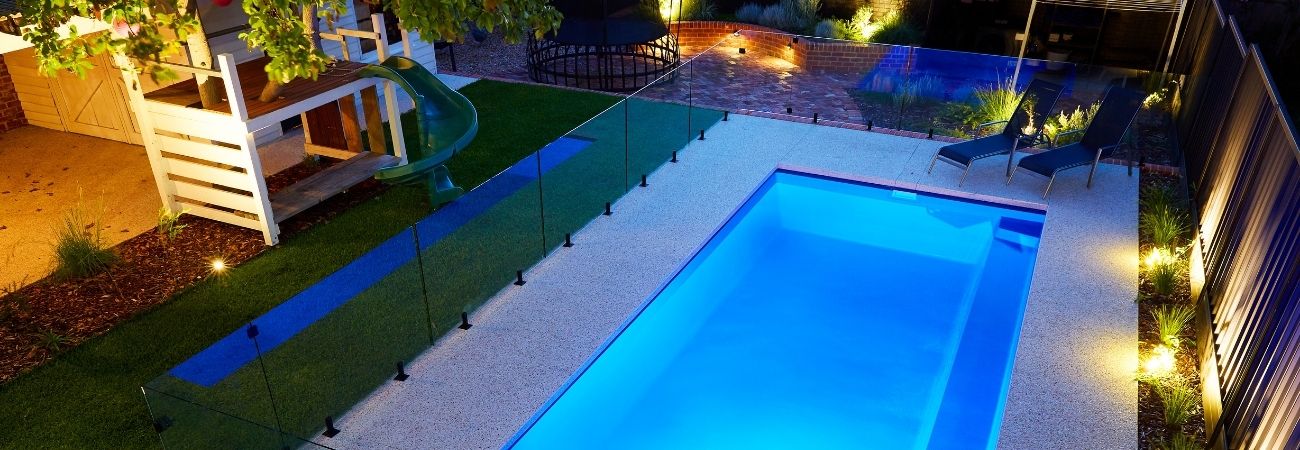How Does Hot Weather and Humidity Affect A Pool?
There can be nothing more enjoyable than a dip in your pool when temperatures soar. A refreshing swim and a beautiful sunny day – surely they go hand-in-hand?

But heat and humidity are not a good mix because pool water is more prone to bacteria growth. Add to that swimmers unwittingly adding a range of contaminants to the water such as sweat and sunscreen lotion, and you’ll see why in high summer your pool needs extra attention.
Where’s the water gone?
A combination of scorching weather and humidity will lead to evaporation. If you’ve got lots of people jumping and diving into the pool, then you may experience even further water loss. Water in swimming pools without any cover – whether that’s shade sails or trees – will evaporate faster. The same applies to pools with water features. This might be your calling to get a pool cover, so do you really need a pool cover?
It might be an inconvenience, but it’s wise to keep your pool covered when the mercury goes high. Chlorine additives can evaporate the same way as water, leaving it susceptible to clouding and giving algae and bacteria a chance to take hold. It’s not uncommon for pools to lose half a centremetre on a hot, sunny day.
The blooming of algae blooms
In the summer months, a good water balance is essential. Check your chlorine and pH level every two days, especially when it’s experienced heavy use.
Algae build-up can remain unnoticed until your water suddenly turns green – by which point no one will want to jump in. The hotter the weather, the more pool usage and the more chlorine are needed to keep it algae-free and sanitised. Strong sunlight and ultra-violet rays can reduce chlorine by up to 90% in two hours.
Warmer water also tends to breed more bacteria and your chlorine will get used up faster. Chlorine is effective at fixing algae and bacteria growth.
You may want to add a phosphate starver to deter algae from taking hold. Without phosphates, algae can’t thrive. Phosphates can come from detergent residues on swimming costumes, leaves, bird droppings, etc.

Get your pH right
Maintaining your pH at the right level is also key in high summer. When you top up the pool water your pH balance alters.
The optimum pH balance is best kept lower in the hotter months – around 7.2 to 7.4 (rather than 7.4 to 7.8). A comfortable pH balance will make the water clear and pleasant to use. Too low a pH means high acid levels that cause stinging to the eyes, and a high pH level will turn the water cloudy and cause scaling build-up.
Keeping your pool healthy and safe
Pool chemistry sounds complicated – but really it isn’t. With the right advice and accessories, your pool can provide more fun and be less work to maintain. While you float on your back in the afternoon sun, you’ll appreciate that pool when the thermometer hits 40 more than ever.
Speak to the experts at Factory Pools Perth now to get the right advice for keeping your pool in shape, no matter what the weather.
Call Our Experts Today

